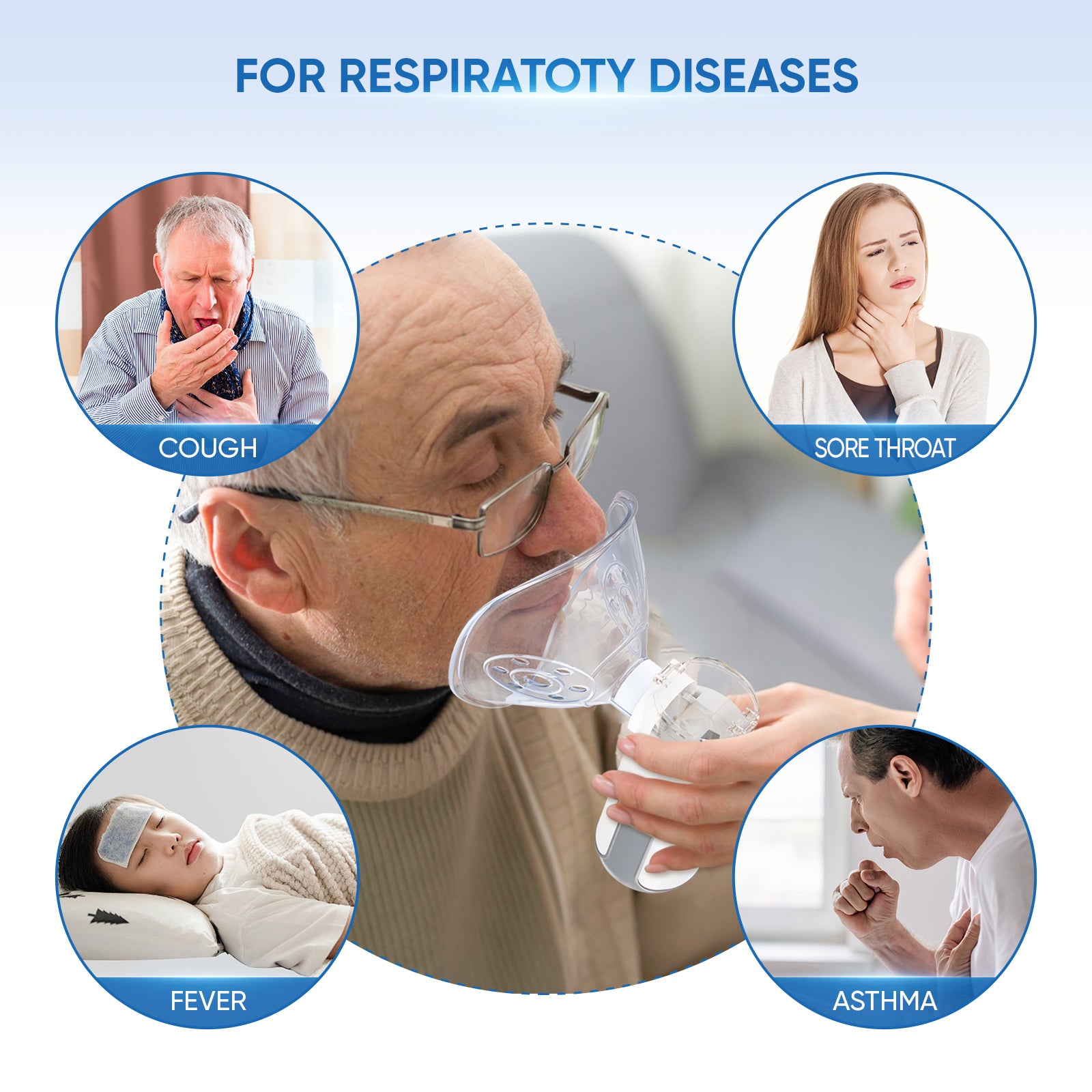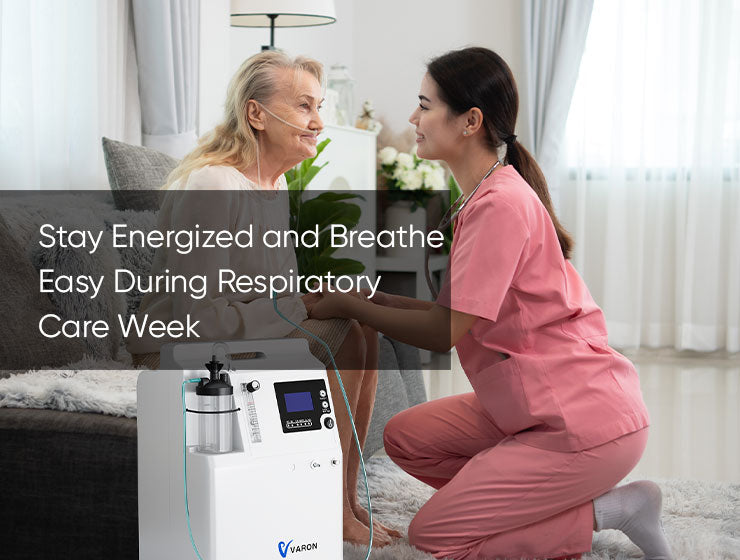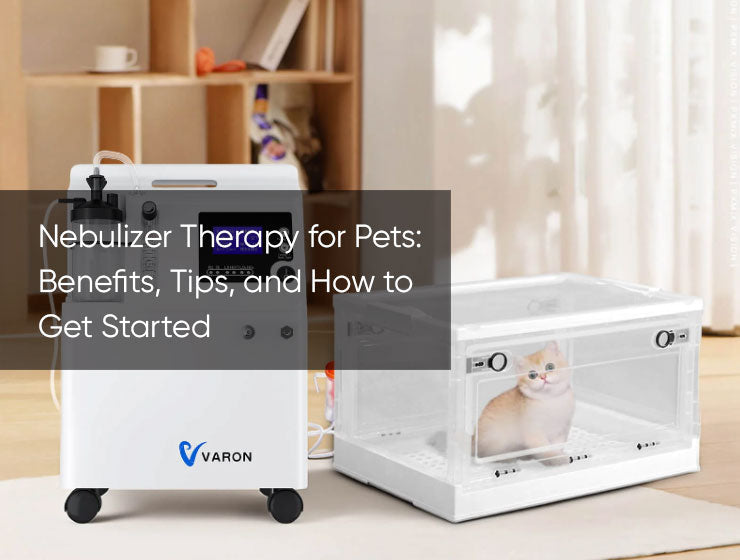Pleuritic chest pain is caused by inflammation of the pleura – the tissues that surround the lungs and line the inner chest wall[1]. This type of chest pain is characterized by sudden and intense sharp, stabbing, or burning pain in the chest when inhaling and exhaling. It’s exacerbated by sneezing, coughing, deep breathing or laughing[2]. The condition that causes pleuritic chest pain is called pleurisy.
Causes of Pleurisy
When the pleura become irritated and inflamed, the two membranous pleural layers rub against each other like two pieces of sandpaper producing pain when you breathe. Causes of pleurisy include:1
- Viral infections, such as the common cold or flu
- Bacterial infections, such as pneumonia
- Fungal infections
- Autoimmune disorders, such as rheumatoid arthritis
- Certain medications
- Lung cancer
- Rib fractures
- Certain genetic diseases, such as sickle cell anemia
Symptoms of Pleurisy
Symptoms of pleurisy include:
- Chest pain that gets worse when you breathe, cough or sneeze
- Pain that extends to your shoulders and back
- Shortness of breath
- Cough
- Fever
Sometimes, pleurisy leads to something called a pleural effusion, a condition that causes fluid to accumulate in the pleural space – the small space between the two layers of tissue in the lungs. When a moderate amount of fluid fills this space, pleuritic chest pain may decrease or disappear altogether because the two layers of tissue are no longer rubbing against each other. Too much fluid however, can create pressure on the lung, compressing it until it partially, or completely, collapses. This can cause breathing difficulties and in some cases, a cough. If the extra fluid becomes infected, the condition is known as empyema, a collection of pus in the pleural cavity that’s often accompanied by a fever.
Diagnosis of Pleurisy
If pleuritic chest pain sends you to the doctor, she may recommend the following tests to determine if you have pleurisy:
- Blood tests which will tell your doctor if you have an infection or an autoimmune disorder like rheumatoid arthritis or lupus in which the initial sign is pleurisy.
- Chest X-ray which will tell your doctor whether there is air or fluid between your lungs and your ribs which will prevent your lungs from fully inflating.
- Computerized tomography (CT) scan provides more detailed images than a standard chest X-ray and is able to identify a blood clot in the lung or a mass that may be causing the pleurisy.
- Ultrasound uses high-frequency sound waves to identify structures in your body. May be used if your doctor suspects a pleural effusion.
- Electrocardiogram (ECG, EKG) monitors your heart rhythm to see if there are any heart-related problems causing your pleurisy.
- Thoracentesis uses a needle to remove fluid for laboratory analysis. Sometimes this is done under the guidance of ultrasound.
- Thoracoscopy or pleuroscopy allows for direct visualization inside your chest to determine the presence of abnormalitiesand/or to obtain a tissue sample for a biopsy.
Treatment of Pleurisy
Treatment of pleuritic chest pain is directed at the underlying cause. For example, if a bacterial infection, such as pneumonia, is causing the pleurisy, an antibiotic will be prescribed. If the pleuritic chest pain is caused by a virus, it will resolve on its own. The success of treatment depends upon early diagnosis of the condition causing the pleurisy and then early treatment.
To relieve symptoms related to pleuritic chest pain, take over-the-counter, non-steroidal anti-inflammatory medication such as Ibuprofen, also known as Motrin or Advil and get plenty of rest.
If you have pleuritic chest pain or any other symptoms of pleurisy, be sure to make an appointment with your primary care provider as soon as possible to get it checked out.
[1] Mayo Clinic. Pleurisy. Last reviewed. November 12, 2016.
[2] Reamy BV., et. al. Pleuritic Chest Pain: Sorting Through the Differential Diagnosis. Am Fam Physician. 2017 Sep 1;96(5):306-312.




















